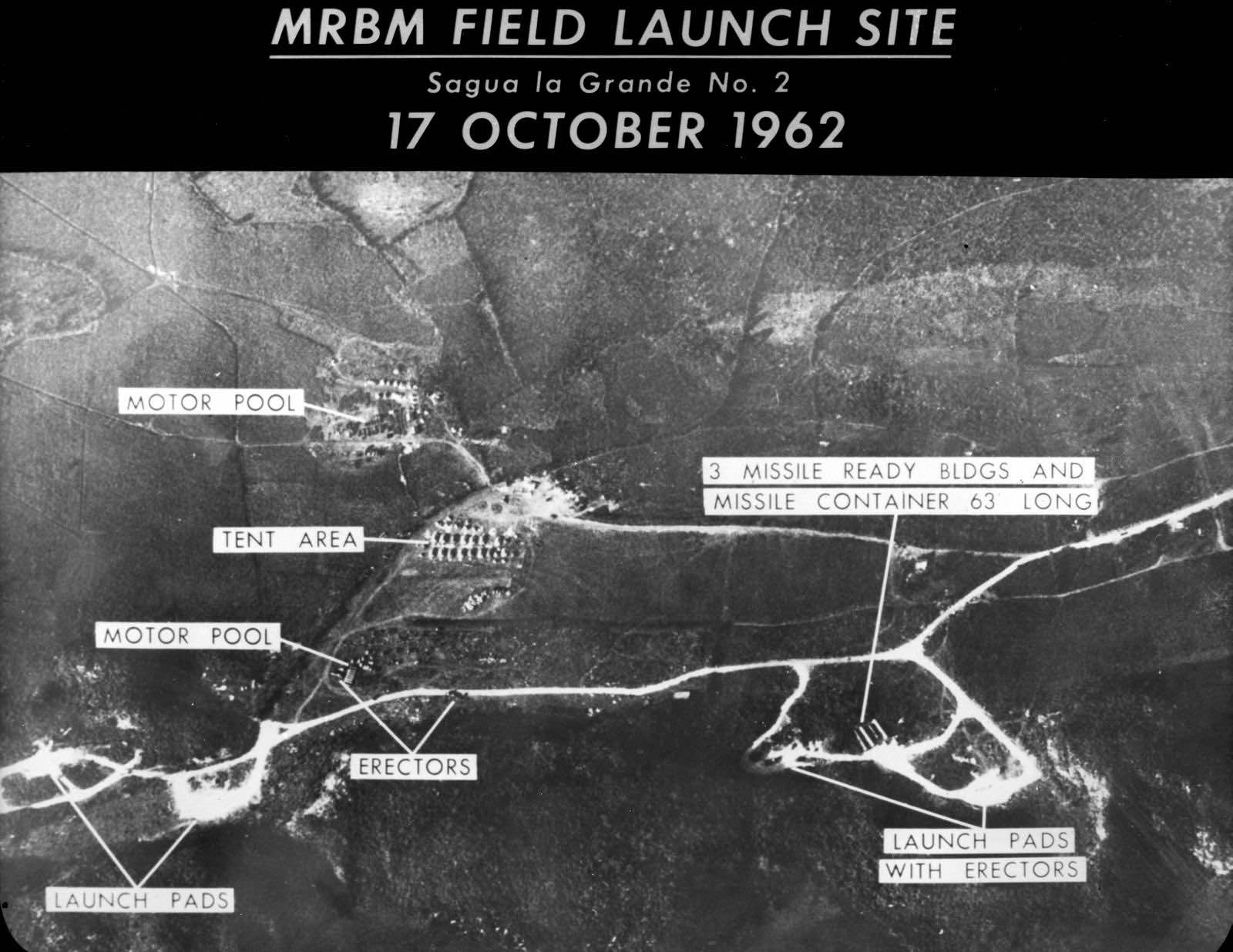


The Cuban Missile Crisis of October 1962 stands as one of the most perilous episodes in Cold War history, bringing the United States and the Soviet Union to the precipice of nuclear conflict.
This 13-day confrontation was marked by high-stakes diplomacy, military brinkmanship, and the looming threat of global annihilation. The crisis not only highlighted the dangers of superpower rivalry but also underscored the critical importance of communication and restraint in international relations.
The origins of the Cuban Missile Crisis can be traced to a series of escalating tensions between the U.S. and the Soviet Union.
In 1961, the failed Bay of Pigs invasion, an attempt by Cuban exiles backed by the U.S. to overthrow Fidel Castro’s communist government, embarrassed the Kennedy administration and pushed Cuba closer to the Soviet sphere. In response, Soviet Premier Nikita Khrushchev and Cuban leader Fidel Castro reached a secret agreement to deploy Soviet nuclear missiles in Cuba, aiming to bolster Cuba’s defense and counterbalance U.S. missiles stationed in Turkey and Italy.
By October 1962, U.S. reconnaissance flights over Cuba confirmed the presence of Soviet medium- and intermediate-range ballistic missiles under construction, capable of striking most of the continental United States. This discovery set the stage for a direct confrontation between the two superpowers.
Upon receiving confirmation of the missile sites, President John F. Kennedy convened a group of senior advisers known as the Executive Committee of the National Security Council (EXCOMM). The committee deliberated over various responses, ranging from a full-scale invasion of Cuba to diplomatic negotiations.
Ultimately, Kennedy opted for a naval “quarantine” of Cuba, a term chosen to avoid the implications of a blockade, which could be construed as an act of war. On October 22nd, he publicly announced the discovery of the missiles and demanded their removal, warning of severe consequences if the Soviet Union failed to comply.
Simultaneously, back-channel communications between the U.S. and Soviet leadership began. Kennedy and Khrushchev exchanged letters, with Khrushchev offering to dismantle the missile sites in exchange for a U.S. pledge not to invade Cuba. Kennedy responded with a public assurance of non-invasion and a secret commitment to remove U.S. missiles from Turkey at a later date. This diplomatic manoeuvring culminated in an agreement on October 28th, leading to the withdrawal of Soviet missiles from Cuba and the easing of tensions.
The resolution of the Cuban Missile Crisis had profound implications for U.S.-Soviet relations and global security. Both nations recognized the necessity of direct communication to prevent future crises, leading to the establishment of the “hotline” between Washington and Moscow. This direct link enabled immediate communication between the superpowers, reducing the risk of misunderstandings and miscalculations.
Militarily, the crisis prompted a reevaluation of nuclear strategies. The close call with nuclear war underscored the need for arms control and led to subsequent treaties aimed at limiting the proliferation of nuclear weapons. The most notable of these was the Nuclear Non-Proliferation Treaty (NPT), signed in 1968, which sought to prevent the spread of nuclear weapons and promote disarmament.
The Cuban Missile Crisis imparted several critical lessons for international diplomacy and conflict resolution.
The Importance of Communication: The establishment of the hotline between the U.S. and Soviet Union highlighted the necessity of direct communication channels to manage crises and prevent escalation.
The Dangers of Miscalculation: The close proximity to nuclear war demonstrated how misinterpretations and lack of information could lead to catastrophic outcomes.
The Value of Diplomacy: The peaceful resolution of the crisis underscored the effectiveness of diplomatic engagement and negotiation, even in the most tense situations.
The Need for Restraint: The crisis revealed the importance of exercising restraint and considering the long-term consequences of military actions.
The Cuban Missile Crisis remains a defining moment in Cold War history, illustrating the perils of superpower rivalry and the critical importance of diplomacy in averting global conflict. While the immediate threat of nuclear war was averted, the crisis left an indelible mark on international relations, shaping U.S. and Soviet policies for decades to come.
As current global tensions continue to rise, the lessons of the Cuban Missile Crisis serve as a poignant reminder of the need for careful diplomacy, open communication, and a commitment to peace.
Main Image: By USAF – https://www.af.mil/News/Photos/, Public Domain, https://commons.wikimedia.org/w/index.php?curid=16742